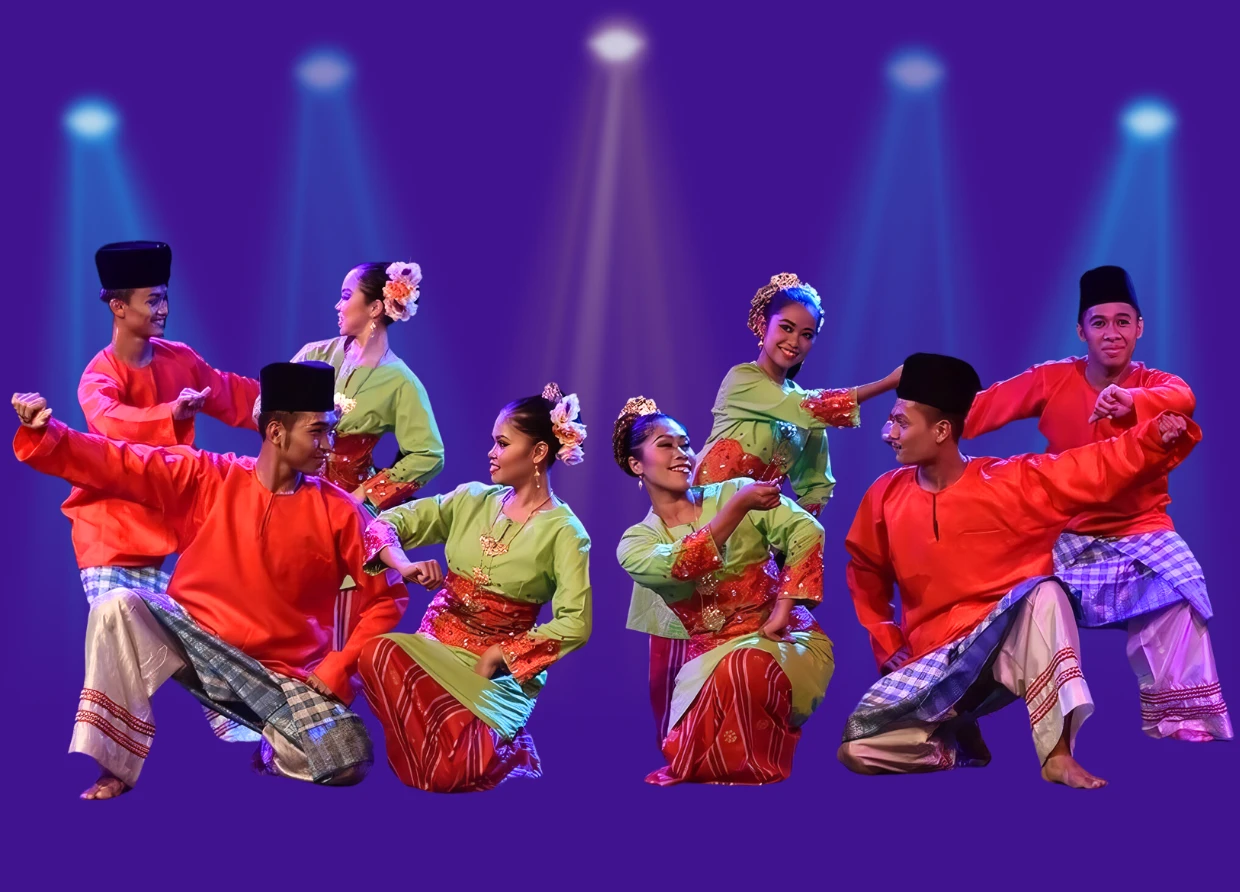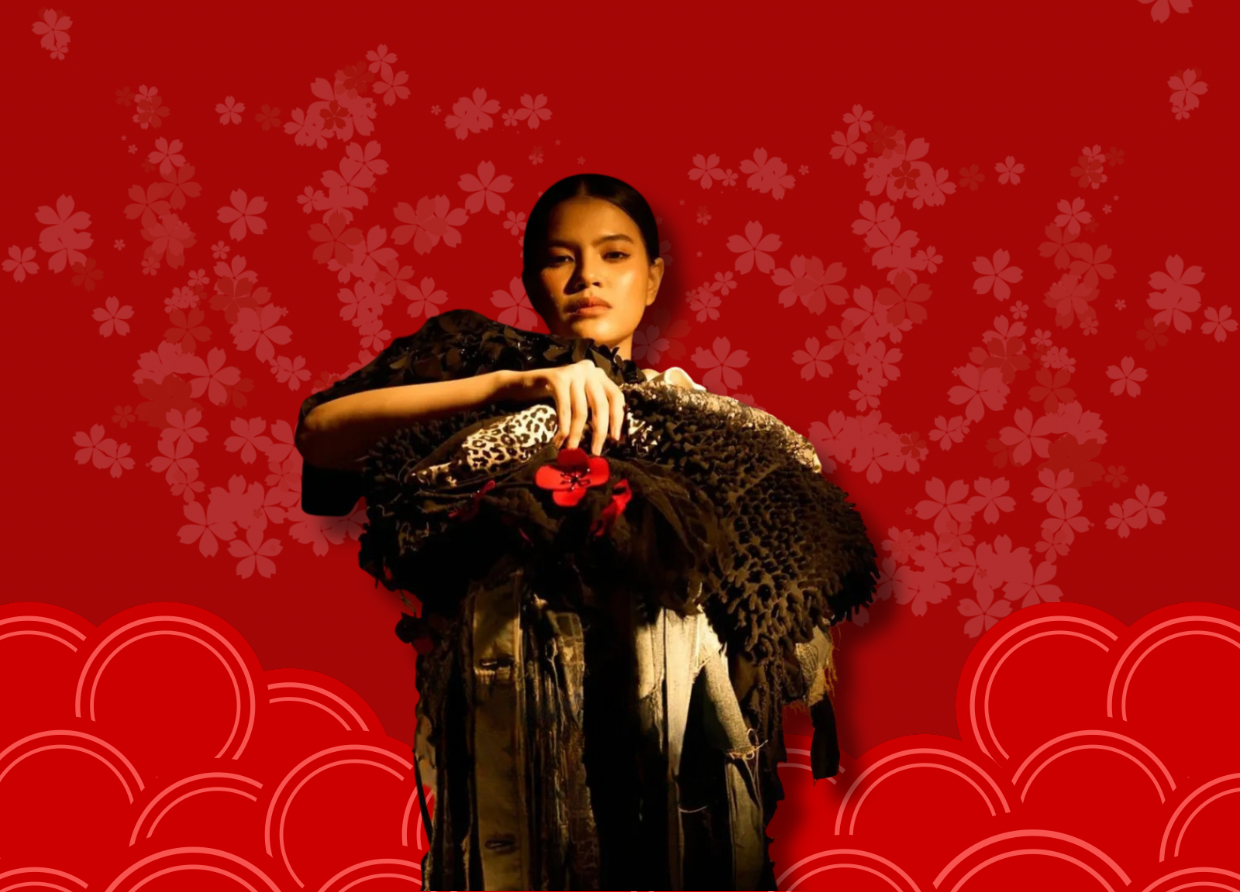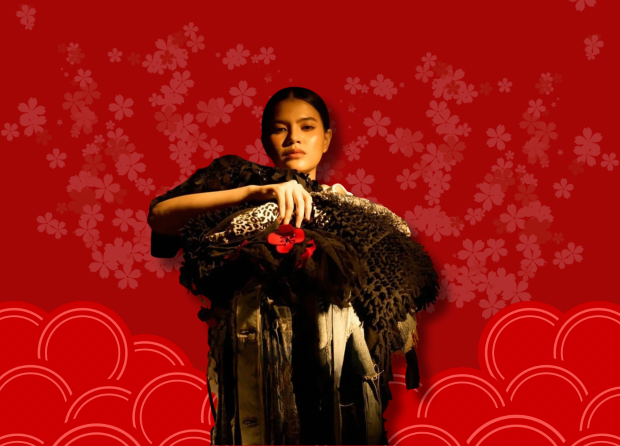TARI ZAPIN: A CULTURAL FUSION OF MALAY AND ARAB HERITAGE
The Cultural Fusion Behind Indonesia's Traditional Dance: The Story of Zapin

Indonesia, a country known for its rich cultural diversity, is home to countless traditions and art forms that have been passed down through generations. Among these, some cultural expressions emerged through the fusion of different influences, creating unique art forms. One such example is the Tari Zapin—a traditional dance originating from the Riau Province that blends Malay and Arab cultural elements.
Zapin is a testament to the harmonious melding of these two cultures, which took place when Arab traders settled in Riau during ancient times. As Arab influence permeated the region, it intertwined with the local Malay culture, especially in the fields of art, music, and dance. This fusion led to the creation of Tari Zapin, a dance that embodies the cultural marriage of both traditions.
The name zapin itself comes from the Arabic word zafn, which refers to a quick foot movement in rhythm with the beat of the music. Typically performed in groups, the dance is accompanied by traditional instruments such as the gambus (a stringed instrument) and marwas (small drum-like instruments).
Historically, Tari Zapin served as a medium for the Islamic teachings and was used to spread the faith through the lyrical content of the songs sung during performances. This dual purpose—entertainment and religious education—contributed to the dance's popularity in the Riau region and beyond.
Initially performed exclusively by men, Tari Zapin has evolved over time, now being performed by both men and women, and even mixed-gender groups. Its influence has spread throughout Indonesia, with regional variations of the dance emerging in places like Jambi, Bengkulu, Lampung, Kalimantan, and Java. Internationally, the dance is recognized in neighboring countries such as Brunei Darussalam, Malaysia, and Singapore.
The development of Tari Zapin dates back to 1811 but gained widespread popularity in 1919. It was first performed in royal courts during the time of the Sultanate of Yemen in the Middle East before spreading to the Malay Archipelago. It was during this migration that the dance underwent an acculturation process, blending both Arabic and local traditions to form a unique art form. The dance was later integrated into the royal ceremonies, where it was known as Zapin Istana or Siak Sri Inderapura.
Each movement in Tari Zapin holds significant meaning. The dance incorporates philosophical values closely linked to the life of the people in Riau. For example, the Gerak Tahto movements represent humility and respect for others, while other movements convey values such as justice, patience, and balance in life.
As the dance continued to evolve, so did its performances. Today, Tari Zapin is often staged during cultural events and festivals, showcasing the beauty and complexity of this fusion art form. The accompaniment of instruments like rebana, gembos, akordeon, and gendang enhances the dance's rhythm, providing a rich auditory backdrop that complements its graceful movements.
In the broader context, Tari Zapin is not just a dance but also a symbol of Indonesia's ability to adapt and integrate diverse influences while preserving traditional values. Its continued popularity is a testament to the strength of cultural fusion, reflecting the unity and resilience of Indonesia’s diverse heritage.
#THE S MEDIA #Media Milenial #Indonesia #traditional dance #Zapin #cultural fusion #Malay heritage #dance forms #cultural identity #Southeast Asia #music #performance art #folk dance #Indonesian arts #traditional performance #artistic expression


























